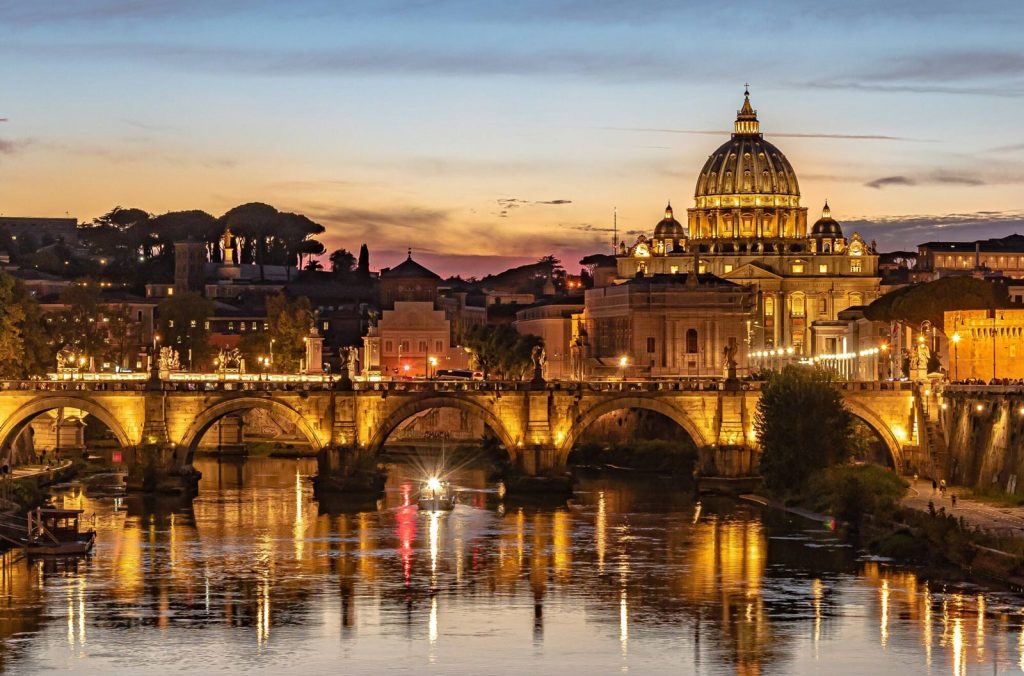Rome is one of the world’s oldest cities. In fact, it’s even older than Italy. The city’s been at the heart of the Roman Empire for 28 centuries, since 753 BC, although people lived in the area for millennia before that. Modern Italy only came into existence after 1861.
As such, the city has had plenty of time to accumulate an impressive array of awe-inspiring aspects. Are you interested in visiting one of Italy’s top destinations, but a little unsure about where to start? These facts about Rome will give you insight into its historical sites and culture.
Fun Facts About Rome, Italy
Learning about Rome is one way to help you make the most of your visit when you arrive in this diverse, fascinating city. Check out these facts about Rome that might just inspire you to indulge your travel inspirations soon.
Planning a trip to Rome, Italy? Check out these popular articles:
1. The Colosseum Had Its Gory Days
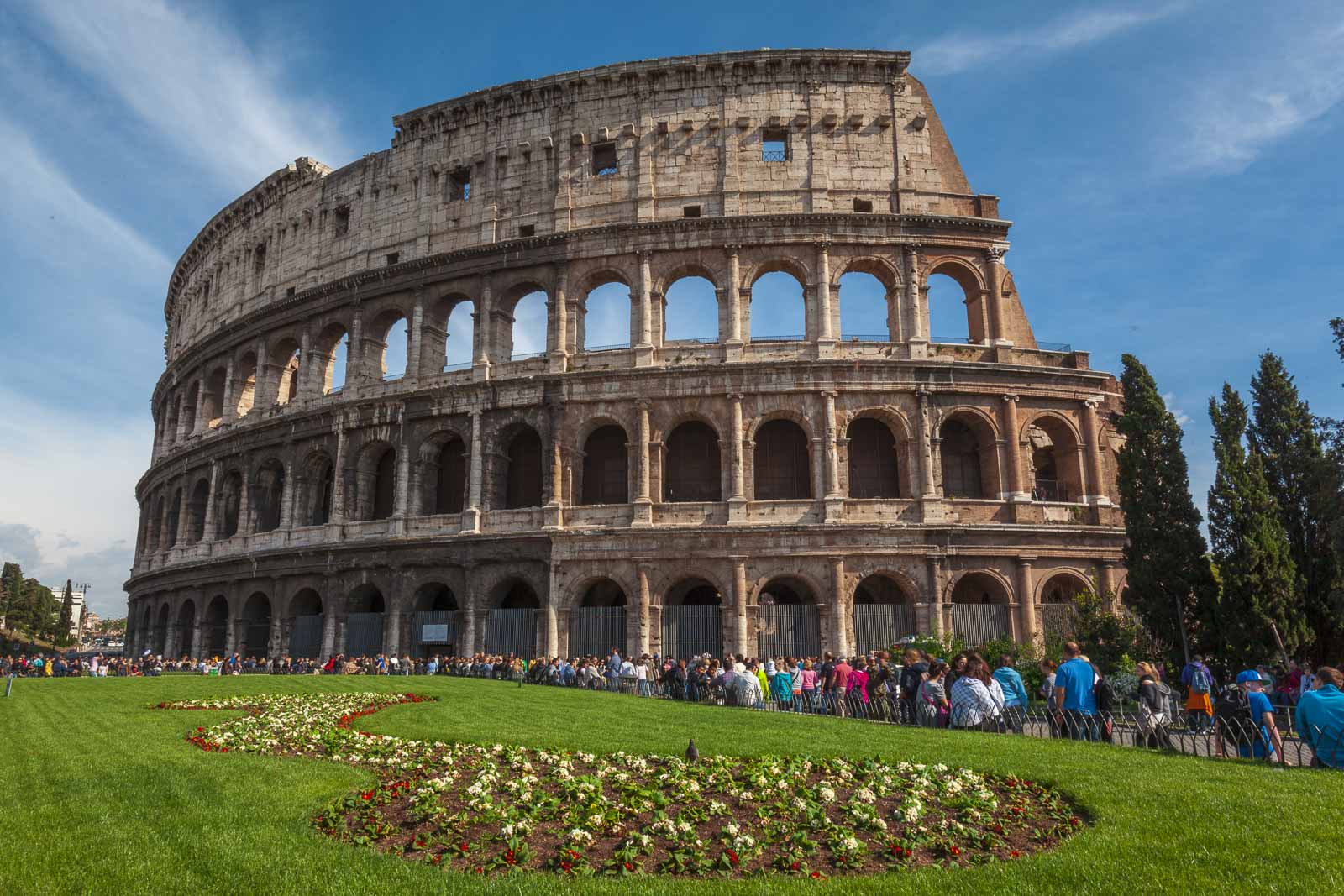
We all know the Colosseum was the scene of gladiator fights in times gone by, but did you know that over 500,000 people and a million animals died in the name of these sports? Fortunately, these blood baths came to an end in 435 AD.
Emperor Vespasian built the Colosseum between 72 and 80 AD with the help of thousands of slaves. In its heyday, it hosted chariot races and even naval battles. It had 80 entrances, 36 trap doors, numerous underground passages, and a retractable velarium for shade
The colosseum seated 50,000 spectators, hosting games for up to 100 days at a time and the reigning emperor sometimes provided free food for all the spectators. Nowadays, the Colosseum is one of the top attractions in Rome, drawing over 6 million visitors a year. Although only a third of this building remains, it’s still regarded as the largest amphitheater in the world.
2. The Romans Loved Water
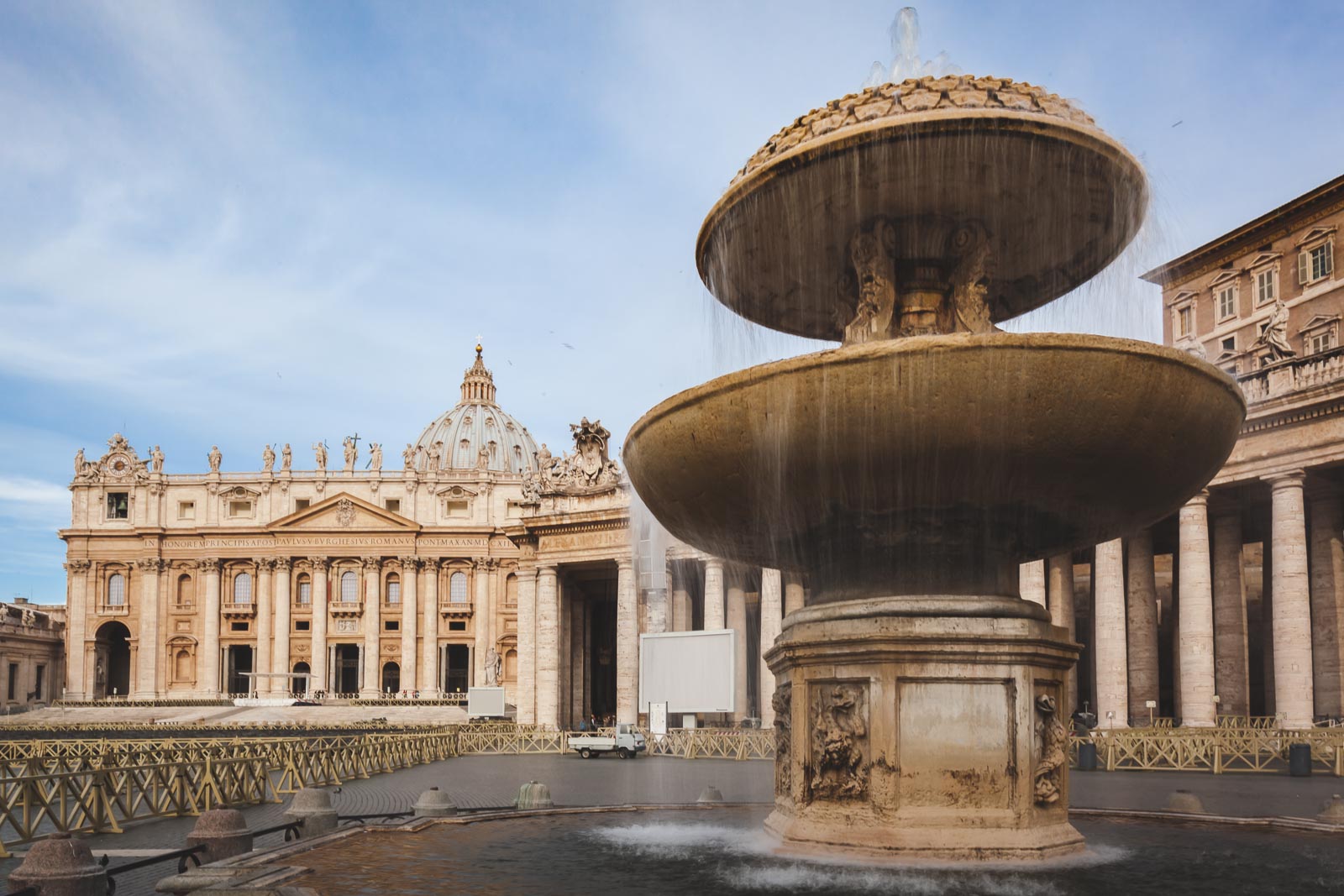
Over 2,000 years ago, the Romans started making their water supply a primary priority. They brought it into the city via aqueducts and canals, setting up fountains all over the city. Many of these still stand today and the city boasts over 2,000 functional fountains, more than any other place on Earth.
The truly wealthy had pipes installed into their homes from the canals to ensure a constant supply of clean water. The rest of the populace frequented some of the many public baths around town where they could perform their ablutions for free. Anyone could access these hygienic spaces and many of them were huge complexes with luxurious facilities. Many of them had spaces for socializing, reclining, massages, and even dining, as well as several hot and cold pools and rooms.
Today, you can still enjoy an authentic ancient Roman bathing experience at:
- QC Terme
- Aqua Madre
- Terme Dei Papi
Here you can immerse yourself in natural thermal spring water, or take a dip in a cold water whirlpool, simmer in a steam room, or go for the Hammam experience.
3. It Took 150 Years to Build St Peter’s Basilica
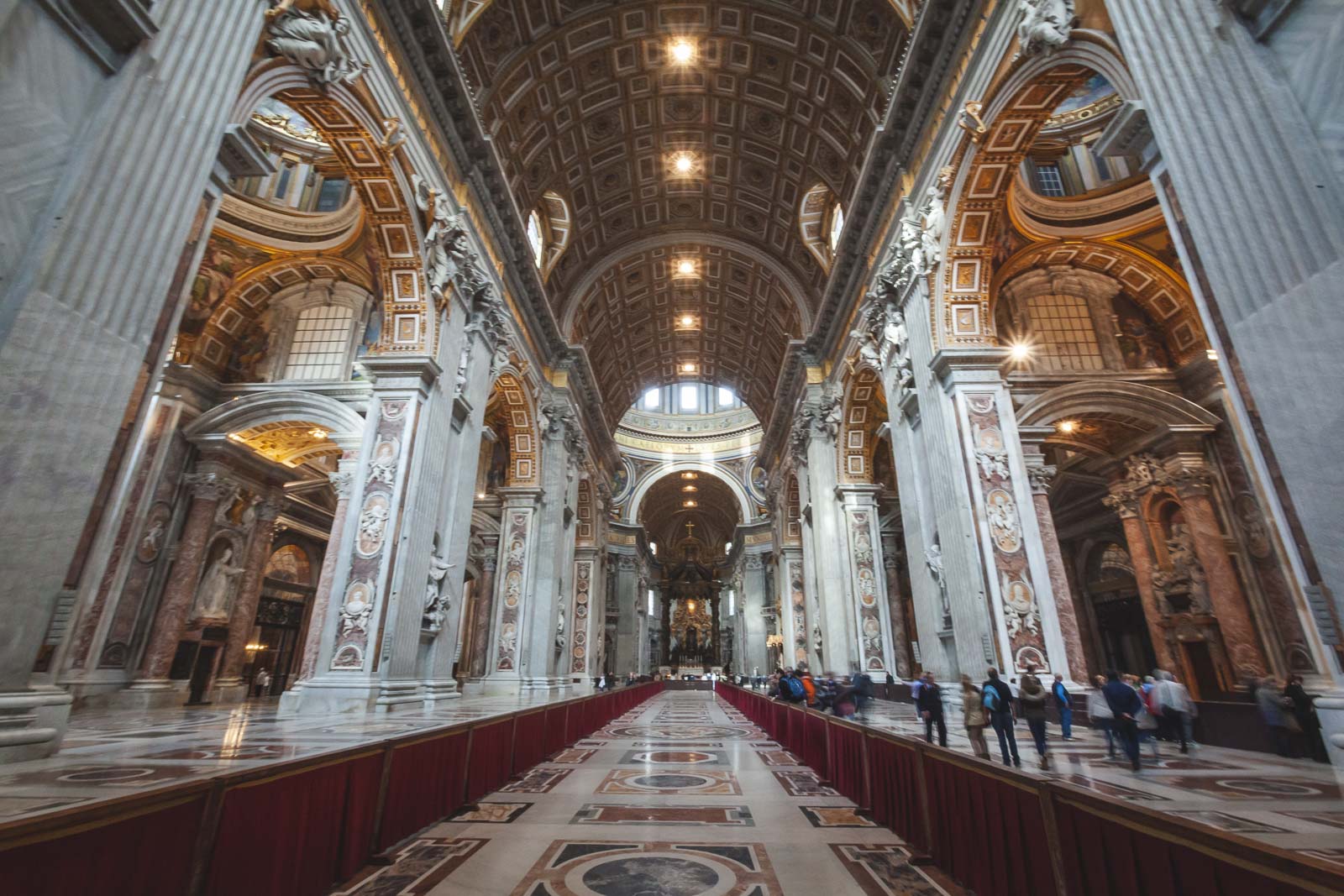
You’ll find this magnificent building in the State of the Vatican City, a country within the city of Rome. St Peter’s Basilica occupies St Peter the Apostle’s original burial site and deserves a place on every Rome itinerary. Julius II laid the first stone of the Basilica in 1506, and Bernini completed the elliptical piazza leading up to the building in 1667.
To experience the true grandeur of this cathedral, you must admire it from the inside, where Michaelangelo’s magnificent dome towers 448 ft. above the floor.
4. Ancient Rome Had High-Rise Buildings and a Mall
When we think of Rome, we picture grand villas and magnificent temples. In reality, most of the population lived in cramped apartment blocks, with a top floor made of wood. These penthouses posed a major fire hazard and their inhabitants had to clamber up 200 steps to reach them.
In 100 AD, the Romans built Trajan’s Market, the world’s first covered shopping center. This concrete and brick building housed 150 shops on six levels and also had a Great Hall for concerts and speeches.
The upper level of the complex served as an administrative complex, with shops, called ‘tabernae’, below. Since all roads led to Rome, merchants from around Europe could sell their products here. Today, Trajan’s Market is also the site of the Imperial Museum.
5. The Pantheon Is a Giant Sundial
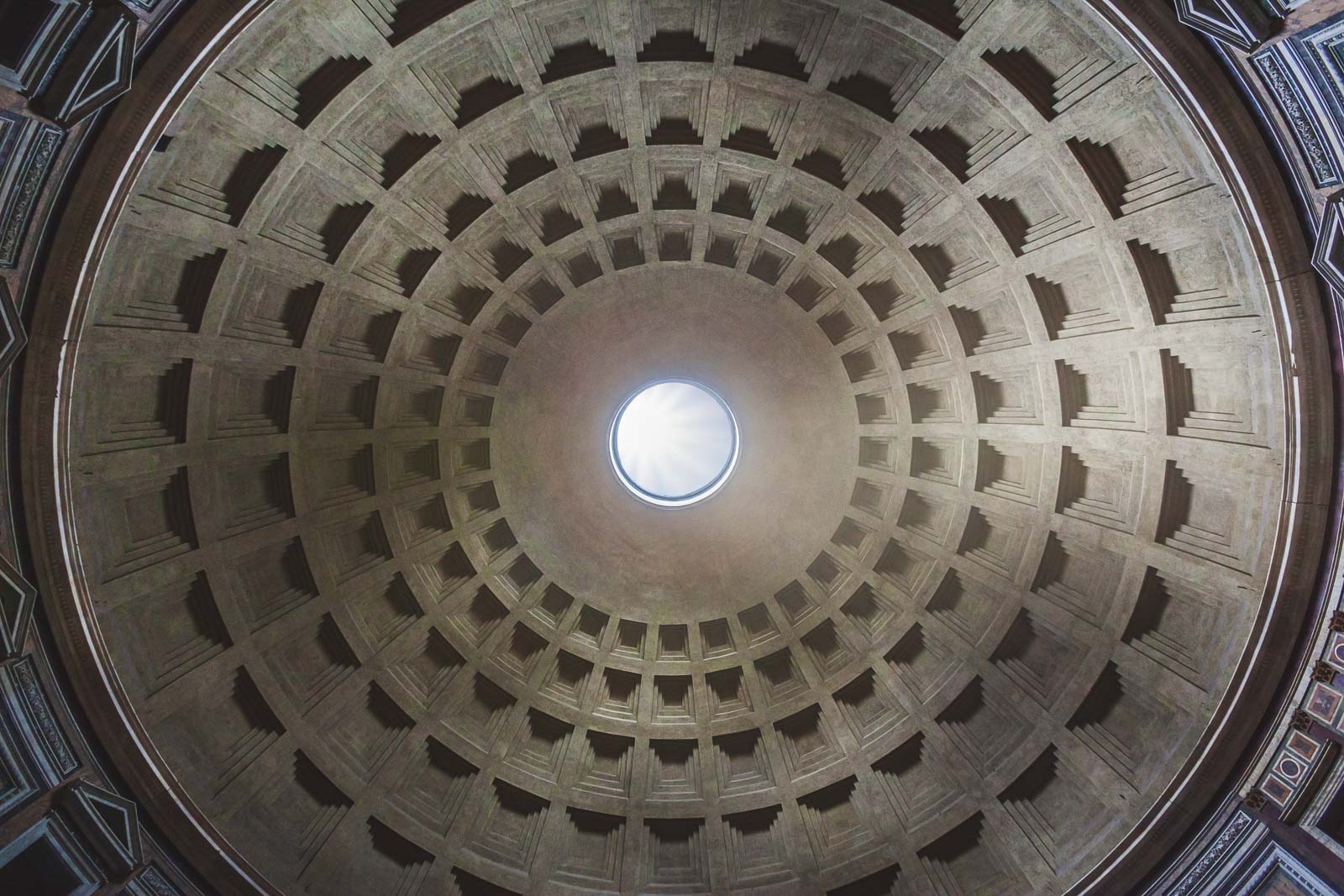
The Pantheon is Rome’s best-preserved structure and another top spot to visit during your trip to Rome. It’s the only pagan temple that was converted into a Christian church and still boasts the largest unsupported dome in the world.
This alone is an incredible feat of engineering and architecture, but it’s not the most incredible feature of the Pantheon. If you visit the Pantheon on 21 April of any year at midday, you’ll see the sun streaming through the doorway of the Pantheon into the courtyard.
This is because the Romans designed the hole in the Pantheon’s roof so that the ray of light precisely matches this entryway on this day. Since Romans celebrate 21 April as the city’s founding date, this feature made an impressive background to the reigning emperor’s speech on annual celebrations of this day.
Apart from the 142ft (43 meters) dome, which is larger than that of the US Capitol, there’s also an impressive fountain at the Pantheon, called the Fountain of the Pantheon. The best part is, you can visit this site for free.
6. You Could Get Take-Out in Ancient Rome

Back in the glory days of the Roman Empire, the rich gorged themselves on magnificent feasts, throwing up in between courses so they could cram more flamingo tongues into their bellies. Yet, most of the people living in Rome’s apartments had no cooking facilities. So, they bought hot meals from various snack bars (thermopolia) and wine bars (popina) dotted around the city.
You’ll find an excellent example of a thermopolium in Pompeii, about 2 hours drive from Rome, but they existed throughout the Roman Empire. If you’d like to sample a taste of ancient Rome, you can always opt for a traditional Pizza Romana.
This Rome version of the pizza features a crisp base, square design, and toppings like mushroom, olives, ham, tomato, artichokes, and even egg.
7. Cats Rule the Roost in Rome
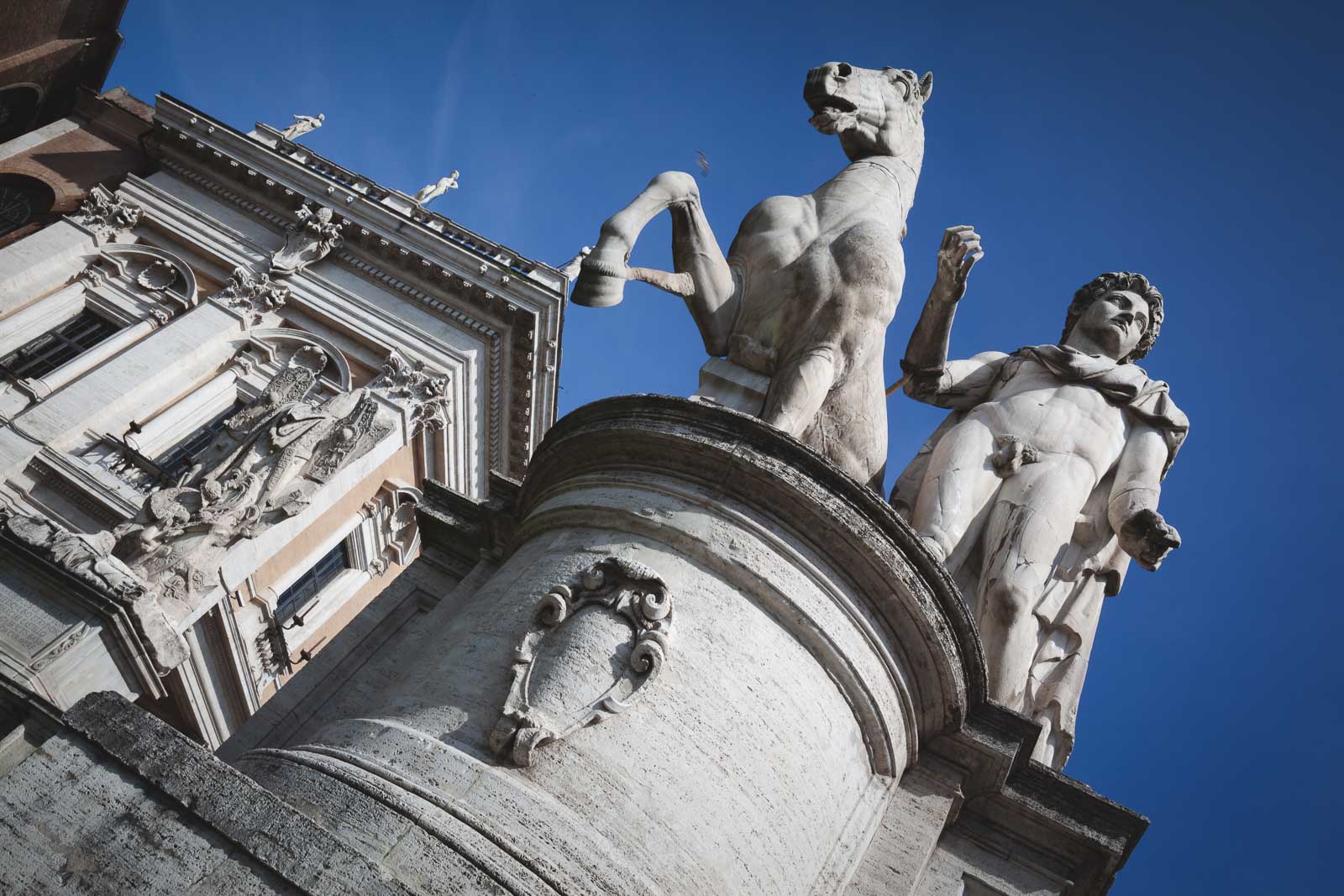
One of the most interesting facts about Rome is the extraordinary importance that cats have in the city. According to a 1991 biocultural heritage law, nobody can relocate or chase cats away from any natural urban habitat as long as they’re living in a group of five or more individuals.
If you love to see cats living their best life, you can head to the Largo di Torre Argentina. Here, you’ll find over 250 feral cats living amongst the ruins. The cats moved in shortly after archaeologists began excavating the site in 1929, and they’ve been there ever since.
The Largo di Torre Argentina is one of many squares in Rome, but it’s significant in that experts believe it to be the site of Julius Caesar’s assassination. It’s also home to four of the city’s most ancient temples.
A local group of cat lovers called the ‘gáttare’ makes sure the cats receive adequate food and care. They raise funds for these endeavors from cat-loving tourists who visit the ruins as well as from charitable organizations around the globe.
8. All Roads Did Lead to Rome
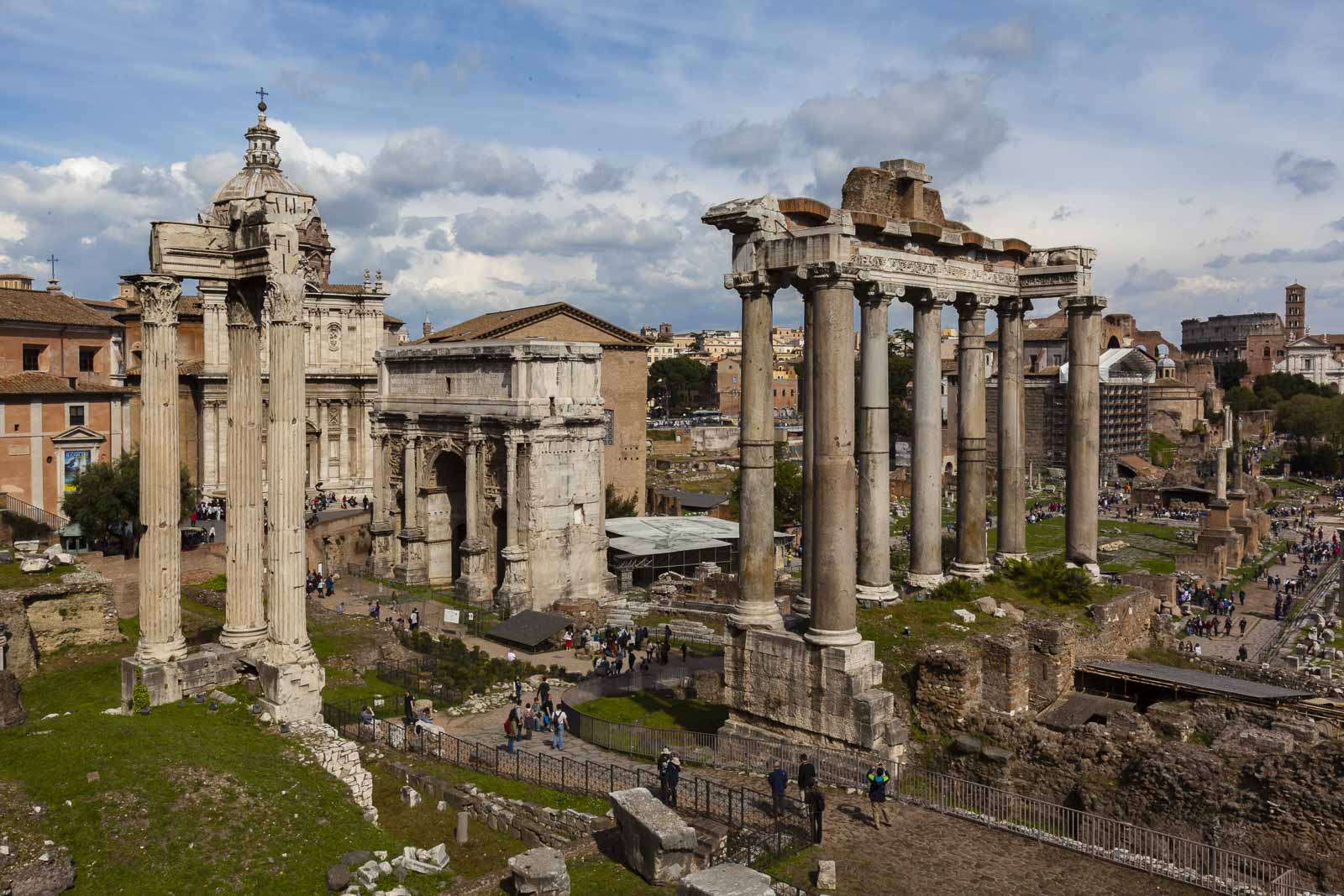
The Romans built a road network of over 53,000 miles as early as the fourth century. This network of highways played a vital role in the history of Rome, helping them outpace and outmaneuver their enemies as they traveled across Europe conquering everything in sight.
Every time the Romans added another town to their empire, they linked it to Rome, establishing a solid supply network between the conqueror and the conquered.
The Romans maintained and protected these roads well, ensuring them speedy, secure access to anywhere in their Empire. You can visit one of the most famous Roman roads, the Appian Way, during your trip to Rome.
9. The Trevi Fountain Makes Wishes Come True
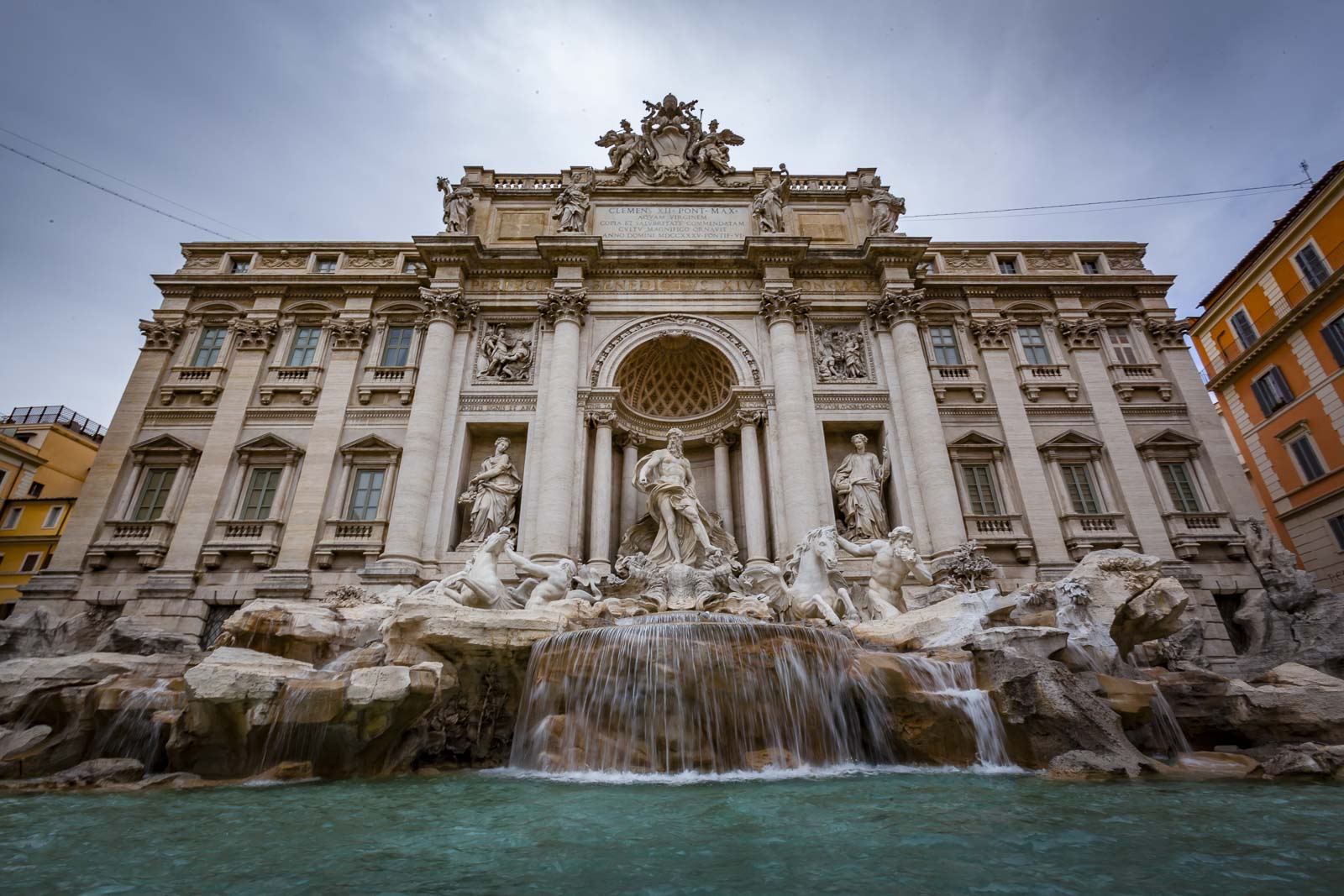
The Trevi Fountain is the most famous water feature in the world, and one of Rome’s most visited attractions. Its masterful craftsmanship is enough to attract visitors from all over, but it’s also a top destination for those wanting to realize their hopes and dreams.
According to legend, if you throw one coin in the waters of the fountain you’ll return to Rome one day. Throw two coins, and you’ll fall in love with one of the good-looking Roman locals. A third coin seals the deal with wedding bells for the lucky couple.
Thanks to these beliefs, and for the novelty value, almost everyone who passes this way, drops a coin into these waters, so the Trevi Fountain is also a money-making machine, collecting thousands of dollars worth of loot a day.
It’s also the source of one of the most inspiring Rome facts. Volunteers collect the bounty found within the fountain regularly and donate it to charities that help feed the city’s less fortunate people.
Discover More Facts About Rome
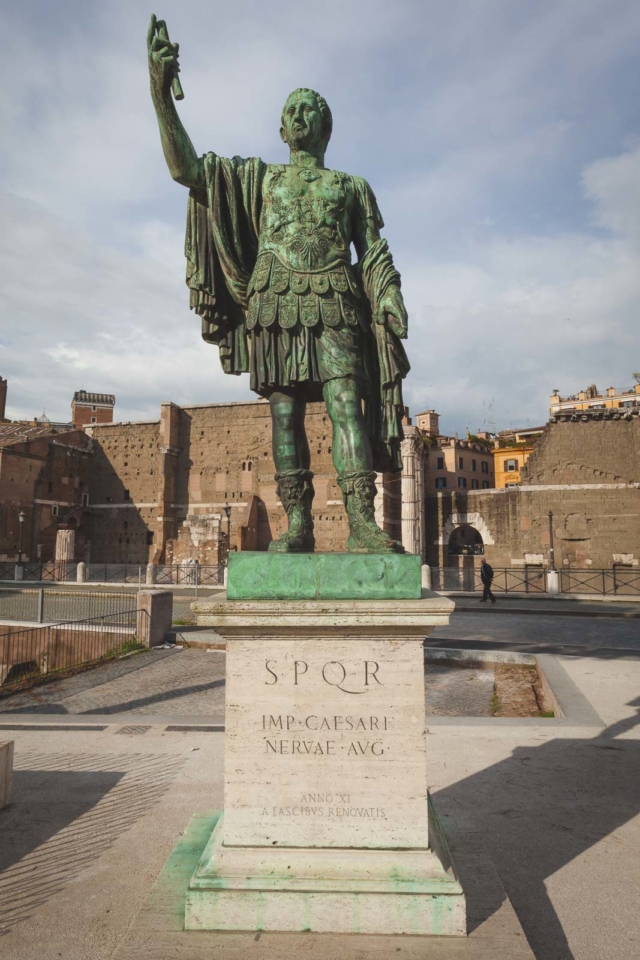
One of the most indisputable facts about Rome is that it’s an unforgettable destination that’s high on the wish list of many travelers worldwide. Here are some fast facts about Rome to end with.
- Rome is the Capital city of Italy
- Population of Rome: 4.3 million
- Rome is the third most populous city in th European Union
- It is also the most visited city in Italy.
- Greek and Latin were the official languages of the Roman Empire.
- Vatican City is not a part of Rome. It is its own sovereign state located within Rome and is considered the smallest country in the world. It has a population of only 800 people.
If you’d like to tick some of your most sought-after destinations off your list, browse our blog for inspiration, or check out our travel tips and resources to help you start planning the trip of a lifetime.

